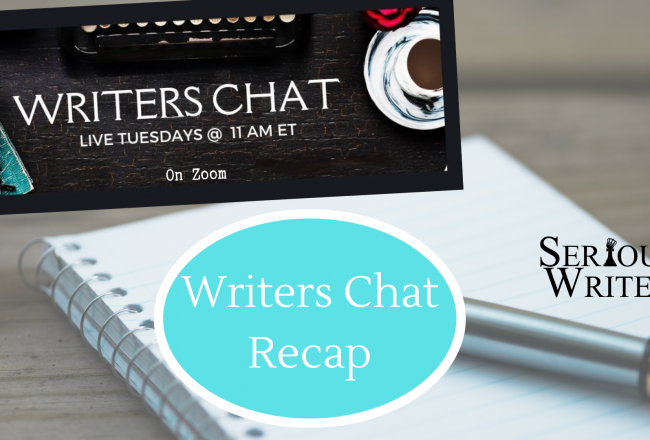
Choosing the Best Book Title
Recently a client and I went back and forth several times until we settled on a title for her…
July 30, 2017
Recently a client and I went back and forth several times until we settled on a title for her…
July 30, 2017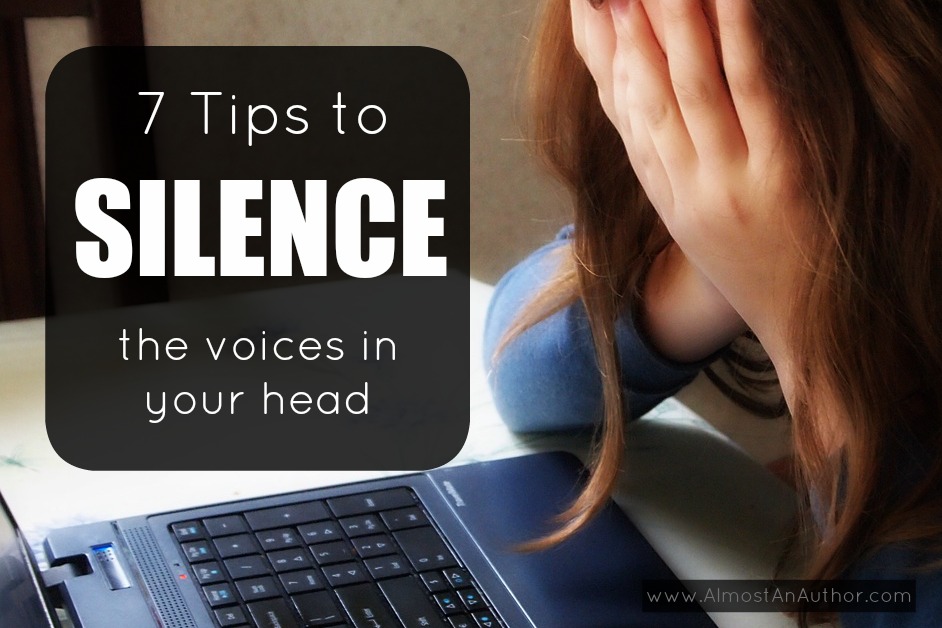
Following the dream of becoming a writer involves so much more than just learning how to write. Sure that’s…
July 29, 2017
“Me, write for magazines? Never. I barely have the energy or expertise to write my book, let alone write…
July 28, 2017
King David, Isaiah, Jeremiah: Inclusion of Their Sick and Crippled Picture a playground of children picking teams for…
July 27, 2017
My favorite canine writer, Snoopy of Peanuts fame, received a boatload of rejection slips in his pursuit of a…
July 26, 2017
You will go out and leap like calves released from their stalls. – Malachi 4:2 Speaking of vulnerability, I’m about to…
July 25, 2017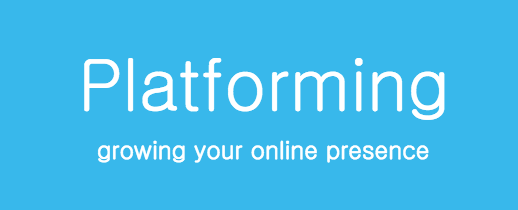
One of the cornerstones of your platform is your personal website or blog. Whether professionally designed or a DIY…
July 24, 2017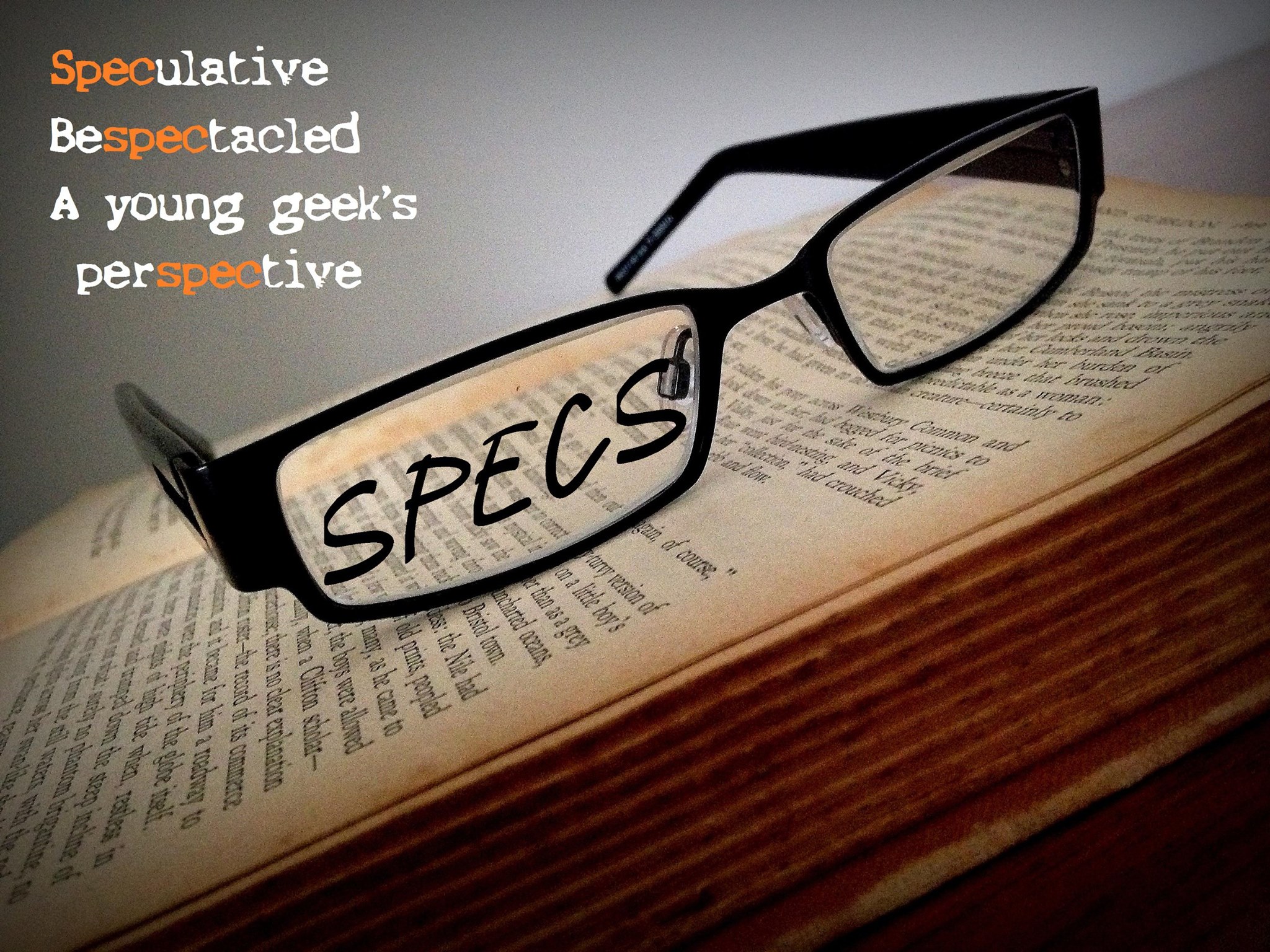
Hey guys, I wanted to kick this whole thing off by welcoming you to the ranks. (Though I’m sure…
July 23, 2017
In anticipation of the upcoming presidential election cycle, prepare to hear some unsavory comments, even name-calling among candidates. Here’s…
July 22, 2017
Welcome to Publishing Perspectives! I’ll be talking about all things publishing. Let’s start with an overview of the publishing…
July 21, 2017
Why do you write for Children? To be famous? To teach children the truth? To evangelize children? To fulfill…
July 20, 2017
I was once in a bus full of high school students when I heard a boy behind me read…
July 19, 2017
This month at Grammar and Grace we’re studying adjectives. Adjectives are words that tell something about a noun or…
July 18, 2017
Have you looked in your computer mirror lately? You ask what is a computer mirror? This is your life…
July 17, 2017
Where do you get your inspiration? For me, it can something as simple as a “what if” question to…
July 16, 2017
Dana, Please tell us about your most Recent Book. DESCENDED- ULRICK is the 4th and last book in the…
July 15, 2017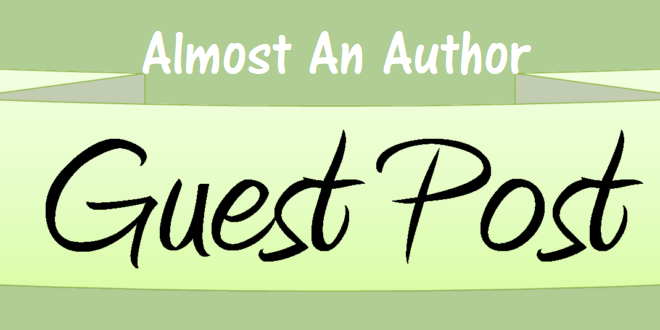
Opinions. Opinions. More opinions float through a person’s mind in the course of a day than Aristotle has twelve-letter…
July 14, 2017
When we consider various markets for our magazine writing, often we neglect the market right before our eyes—the inspirational,…
July 13, 2017
(This week my husband lost a crown while eating a piece of licorice—that in itself is probably worth a…
July 12, 2017
So, I guess it’s ok for a writer to be a NASCAR fan—especially a Southern writer, right? I’m a…
July 10, 2017
If you’re writing a novel, you can’t do so without a healthy dose of tension. Whatever the protagonist’s goal…
July 9, 2017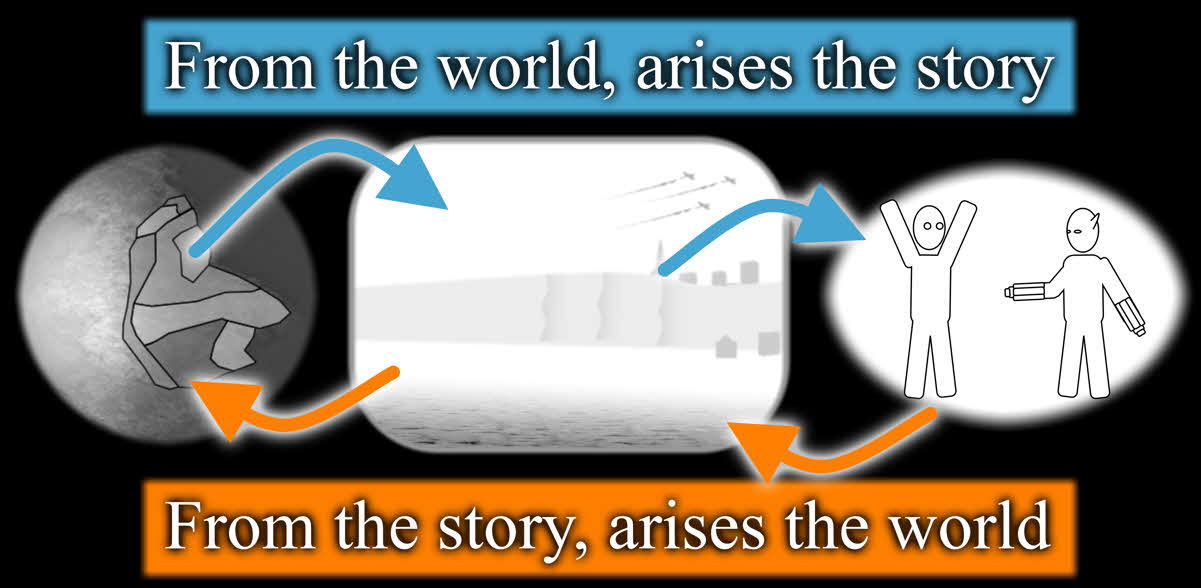
Well, it took God six days to complete the one you’re living in, so don’t expect to make yours in one day.
Worlds are complicated things, and in order to make one believable, you’ll need to take into consideration a whole host of things from politics to geography.

Fantasy Flash Fiction 101 Could you write a story in 500 words? What about 100? Flash fiction is a…
July 7, 2017
I just returned from another writers conference, this one in my home state of Kentucky, and I was once…
July 6, 2017
The Light of the World. The Chronicles of Narnia. The Chick-Fil-A Cow. Believe it or not, the aforementioned have…
July 5, 2017



